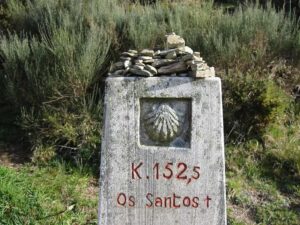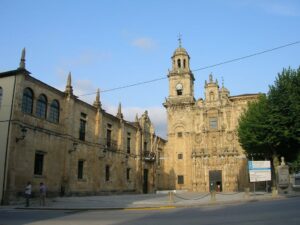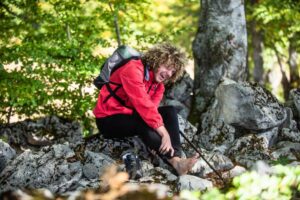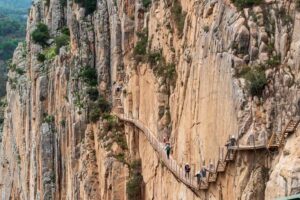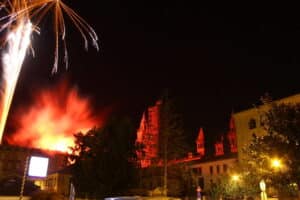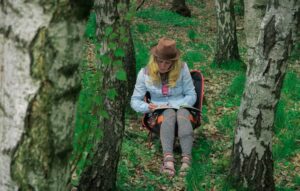
There are many ways to experience the Camino de Santiago. Some walk it seeking a physical challenge. Others, a spiritual experience or a cultural journey. But there are those who experience it from another angle: the one of hospitality, service, and selfless generosity. If you have ever considered giving back everything this experience has given you — or simply want to be part of something authentic — becoming a volunteer might be your next step.
Volunteering on the Camino is an opportunity to connect with people from all over the world, help pilgrims, and keep alive one of Europe’s most human traditions. Here’s everything you need to know to take that step, how to participate, and where your help can be most useful. Because yes: anyone with motivation, time, and a spirit of solidarity can do it.
Índice de contenidos
- 1 The Spirit of Jacobean Volunteering
- 2 Forms of Volunteering: Beyond Being a Hospitalero
- 3 Requirements and How to Participate (Updated for 2025)
- 4 Camino Routes and Their Volunteer Potential
- 5 When is the Best Time to Volunteer
- 6 Real Experiences: Voices That Inspire
- 7 Practical Tips for an Unforgettable Experience
- 8 Resources to Inform and Register
The Spirit of Jacobean Volunteering
Every year, thousands of volunteers dedicate part of their time to making the Camino possible. They do this by cleaning, cooking, providing information, guiding… and above all, listening.
Because volunteering here is not a job: it is a form of hospitality. It originated with the ancient pilgrim hospitals, and today it remains alive thanks to networks such as Hospitaleros Voluntarios, the Pilgrim’s Office in Santiago, or many local associations.
The volunteer profile is diverse: young people, retirees, professionals on a sabbatical year, former pilgrims, or simply individuals eager to offer useful time. They all share the excitement of creating an environment of respect, hospitality, and mutual care. And you don’t need to have prior experience. All you need is will, empathy, and a backpack full of enthusiasm.
Many say that being a volunteer is as transformative as walking it on foot, or even more. Because service places you at the heart of others’ journeys. And that teaches you, connects you, and changes you.
Forms of Volunteering: Beyond Being a Hospitalero
Hospitaleros in Albergues
The most traditional way to volunteer is by being a hospitalero in a Camino albergue. From Roncesvalles to Santiago, dozens of public and donation-based albergues operate thanks to people who selflessly give their time. Their duties are opening the albergue, stamping credentials, preparing meals, cleaning facilities, and talking to the pilgrims at the end of the day.
In general, a minimum of 15 days of service is required, and you must have previously walked some part of the route. Specific training — which includes basic care, conflict resolution, and day-to-day management — is organised several times a year. Additionally, prior volunteering experience is not necessary, although a flexible and problem-solving attitude is valued.
Information and Reception Points
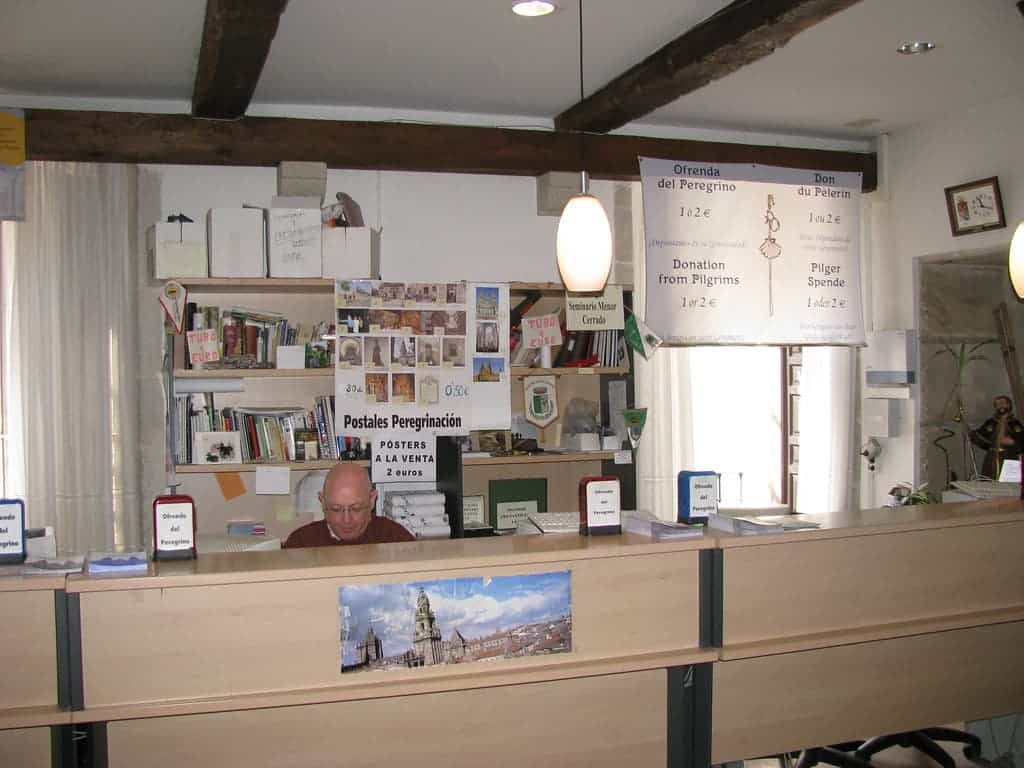
Another option is to volunteer at information points for pilgrims, especially in Santiago de Compostela. Thousands of people arrive there every day needing guidance, assistance, or simply a warm welcome. The Pilgrim’s Office launches its annual multilingual volunteer campaign, open to those who have walked some part of the Camino.
Volunteers answer questions, help with forms, issue the Compostela, and offer guidance on accommodation, transport, or what to do after completing the route. It is an intense experience, especially in peak season, but also very rewarding due to the direct contact with people who have just completed an important stage in their lives.
Maintenance, Signage, and Cleaning Brigades
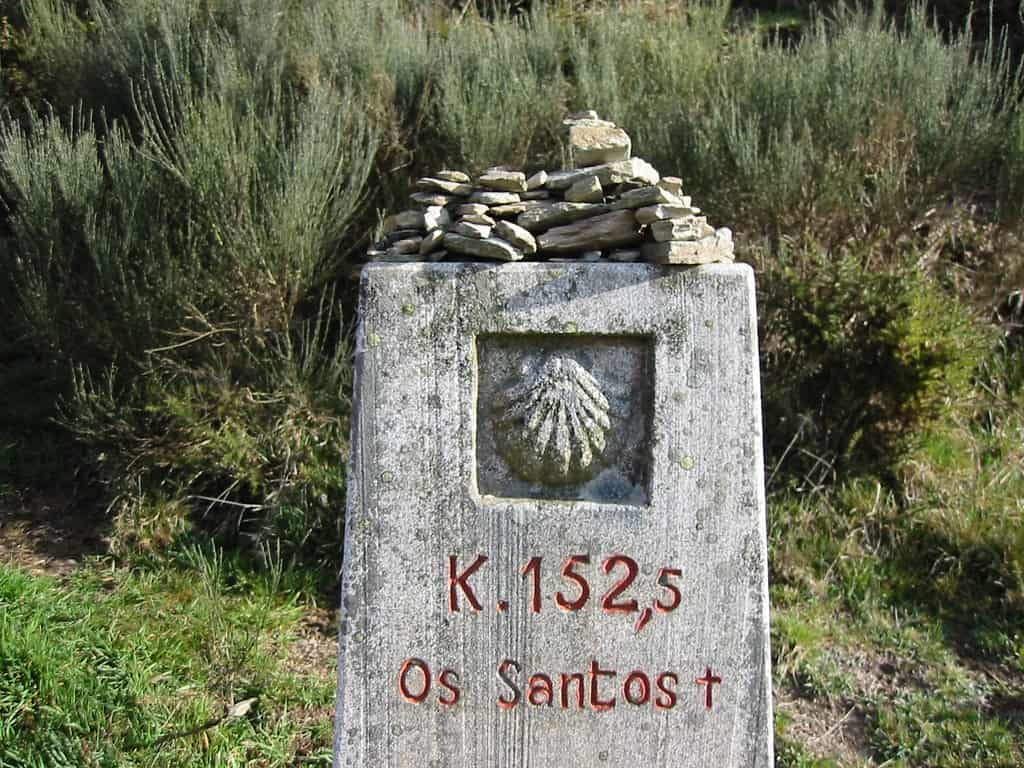
The paths don’t maintain themselves. There are volunteer teams that, during weekends or holidays, check signs, clean paths, repair furniture, or repaint the famous yellow arrows.
These activities are usually organised by local associations and do not require prior experience. They are ideal for those who can only commit a few days or want to contribute in a more hands-on way.
Environmental and Social Projects
At the same time, several NGOs and Jacobean associations run sustainability, social integration, or educational projects along the routes. From community composting in Galicia to workshops with migrants in Navarra, the Camino is also a space for social transformation.
There are also initiatives involving young people, at-risk groups, walkers with disabilities, or school projects. If your professional background is related to education, the environment, or the social sector, this type of volunteering may open an even deeper door for you.
Requirements and How to Participate (Updated for 2025)
Being a volunteer is within reach of more people than you might think. However, it’s important to know some requirements to ensure the experience is smooth both for you and for the people you’ll be serving.
Who can participate?
- Over 18 years old, although some organisations set the minimum age at 21.
- Having walked at least 100 km on foot or 200 km by bike, to experience the pilgrim’s journey firsthand.
- Conversational level of Spanish, English, or another foreign language (French, German, or Portuguese are highly valued).
- Proactive attitude, flexibility, and a good willingness to live and collaborate with others.
Training and Commitment
- Pre-service training course (in-person or online, usually lasts a weekend).
- Civil liability insurance or accident insurance (provided or requested).
- Minimum stay of 15 days in most albergues. Some organisations allow shorter stays at information points or for specific tasks.
The application process opens between January and March, although some routes and associations accept applications year-round. It’s important to pay attention to social media and newsletters from the Jacobean associations.
Camino Routes and Their Volunteer Potential
The Camino de Santiago is not a single route, but a network of paths that span much of Europe. Some of these routes have more infrastructure, a greater flow of pilgrims, and more support needs. Others, on the other hand, offer a more intimate, rural experience, ideal for those seeking peace or wishing to escape the crowds.
Camino Francés
It’s the most popular. From Roncesvalles to Santiago, it passes through cities such as Pamplona, Logroño, Burgos, and León. This is where the majority of albergues run by volunteer hospitaleros are concentrated. It’s also where the most places are offered. The reception is massive between May and October. Volunteers are needed daily to manage shifts, especially at key points like Sarria.
Camino del Norte
A coastal option, physically more demanding but with spectacular landscapes. Between Santander and Gijón, you’ll find several albergues that are always in need of extra hands. If you want to experience this route from within, you can check out this suggestion for Camino de Santiago from Santander to Gijón, an excellent way to combine your pilgrimage experience with subsequent days of service.
Camino Portugués (Central)
It’s the second most travelled route. If you want to do just the part in Spain, it starts in Tui (in Galicia) and passes through towns such as Pontevedra and Padrón. During peak season (July, August, and Easter), constant support is needed at its municipal albergues, both for hospitaleros and for logistical tasks.
Camino Portugués by the Coast
A variant that is becoming increasingly popular, it runs along the Atlantic coastline from Porto to A Guarda. In this area, the cultural diversity of the pilgrims is enormous, which makes language skills especially valuable.
You can explore this route in the Camino de Santiago from Porto to A Guarda and later consider volunteering in towns like Baiona, Nigrán, or Vigo.
If you have little time, you can volunteer on shorter sections like the Camino from A Guarda to Santiago, ideal for combining a few days of walking with hospitality tasks. On this stretch, there are three municipal albergues that welcome volunteers during mid and high season.
Other Routes
- Camino Primitivo: more challenging, but deeply authentic. The hospitaleros here often face physical challenges and more rustic conditions.
- Vía de la Plata and Sanabrés: ideal for those looking for less crowded routes but equally rich.
- Camino Inglés, Aragonés or Mozárabe: options for more experienced or flexible volunteers, where each day of service can make a real difference.
When is the Best Time to Volunteer
- Spring (April-May): the Camino blooms with national walkers and school groups. A great opportunity to debut as a hospitalero.
- Summer (June-August): extremely high demand. More shifts available, but also more intensity.
- Autumn (September-October): a calmer atmosphere, fewer pilgrims, and a special energy.
- Winter: ideal for those looking for an intimate experience. Although fewer albergues are open, those that are are vital for the most courageous walkers.
Real Experiences: Voices That Inspire
“I arrived afraid of making a mistake and left with the certainty that volunteering had changed me… again.” — Ana, hospitalera in Nájera.
“In Ribadeo, we cooked for 40 every night. I didn’t know I could do so much with so little.” — Miguel, veteran volunteer.
“I will repeat every year while I can. It’s the closest thing to being at home away from home.” — Claire, volunteer from France.
“In Santiago, I saw pilgrims from countries I couldn’t even locate on a map cry with emotion. I’d never felt something so universal.” — José, welcome point at the Office of the Pilgrim.
Practical Tips for an Unforgettable Experience
- Wear comfortable, light, and easy-to-wash clothes.
- Prepare simple recipes: pasta, cold salads, dishes with legumes.
- Learn basic phrases in several languages.
- Listen more than you speak.
- Respect the pilgrim culture, even if you don’t share their motivations.
- Don’t try to control everything. The Camino has its own rhythm.
And above all: enjoy the present. Serving is also a way of walking.
Resources to Inform and Register
- Federación Española de Asociaciones del Camino de Santiago: training and positions as hospitalero.
- Office of the Pilgrim (Santiago): multilingual volunteering at the arrival point.
- Local Associations: less crowded routes, various tasks.
- Mundiplus: We are specialists in the Camino de Santiago journey. We assist with planning, routes, and stage organisation.
The Camino de Santiago is much more than a walk. It’s a human network, an exchange of experiences, a way of being in the world. If you’ve ever walked it, you already know what a kind gesture, a clean bed, or a sincere smile at the end of a stage means. Now you have the opportunity to offer that yourself. To be on the other side of the reception. To build hospitality with your hands and your time.
Because walking transforms… but so does serving. Are you up for it?.

